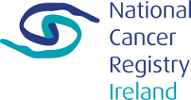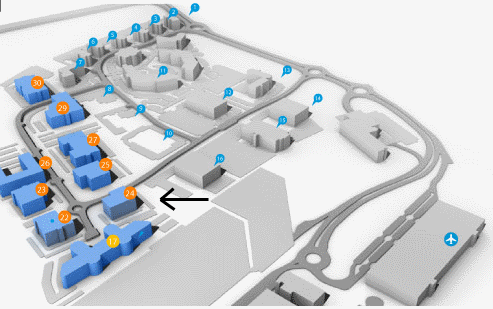Current Size: 100%

- Publications
- Cancer atlases
- 3.3 Risk factors
NCR books
- Cancer Atlas
- Acknowledgements
- Foreword
- Summary
- 1. Introduction
- 2. Methods
- 3. Non-melanoma skin cancer
- 4. Breast cancer
- 5. Colorectal cancer
- 6. Lung cancer
- 7. Prostate cancer
- 8. Non-Hodgkin's lymphoma
- 9. Stomach cancer
- 10. Melanoma of the skin
- 11. Bladder cancer
- 12. Head and neck cancer
- 13. Leukaemia
- 14. Pancreatic cancer
- 15. Kidney cancer
- 16. Oesophageal cancer
- 17. Ovarian cancer
- 18. Brain and other central nervous system cancer
- 19. Cancer of the corpus uteri
- 20. Cancer of cervix uteri
- 21. Discussion
- 22. Conclusions and recommendations
- Appendix 1: Relative risks (with 95% confidence intervals) by area characteristic, cancer site and sex
- Appendix 2: Electoral division tables
- Appendix 3: Summary statistics for each cancer site
- Appendix 4: Regions referred to in the atlas
- References
- Index of figures, maps and tables
3.3 Risk factors
Table 3.2 Risk factors for non-melanoma skin cancer, by direction of association and strength of evidence
Increases risk | Decreases risk | |
Convincing or probable | Sun exposure1,2 | |
| Skin colour2 | |
| Ability to tan2 | |
| Childhood freckling2 | |
| Presence of benign sun damage in the skin2 | |
| Sunbed/sunlamp use3 | |
| Immune suppression4 and some immunosuppressive drugs5 | |
| Infection with human papilloma viruses (HPV)6 | |
| Human immunodeficiency virus, type 1 (HIV-1)6 | |
| Methoxsalen5,7 | |
| Arsenic and inorganic arsenic compounds8 | |
| Ionizing radiation9 | |
Possible | Statins10 | |
1 International Agency for Research on Cancer, 1992; 2 Armstrong and Kricker, 2001; 3 Karagas et al., 2002; 4 Saladi and Persaud, 2005; 5 International Agency for Research on Cancer, 2011a; 6 International Agency for Research on Cancer, 2011b; 7 together with UV light; 8 Straif et al., 2009; 9 El Ghissassi et al., 2009; 10Kuoppala et al., 2008 | ||
Individuals who are immune suppressed, such as organ transplant recipients or those with AIDS, have a greatly increased risk of developing NMSC. Positivity for the human immunodeficiency virus, type 1 (HIV-1) is a cause of NMSC. Some immunosuppressive drugs—including azathioprine and ciclosporin—which are used to prevent organ rejection following transplant, or to treat autoimmune diseases such as rheumatoid arthritis and Crohn’s disease, are recognised to cause skin cancer. Risk of NMSC is also increased by exposure to the drug methoxsalen, which is used to treat some skin conditions, in combination with UV light. Residues of arsenic from agriculture, mining and industrial practices can end up in drinking water. Arsenic is carcinogenic (International Agency for Research on Cancer, 1987; International Agency for Research on Cancer, 2004a) and ingestion of arsenic and inorganic arsenic compounds causes NMSC. Low-dose ionizing radiation exposure (e.g. for benign skin conditions such as acne) increases risk of BCC.The two main types of non-melanoma skin cancer are squamous cell carcinoma (SCC) and basal cell carcinomas (BCC). Both types are caused by exposure to ultraviolet (UV) radiation present in sunlight. Occupational sunlight exposure has been mainly associated with SCC and recreational exposure with BCC. Individuals with a lighter skin colour, less ability to tan, and who had freckles as a child, are at increased risk, as are those with solar keratoses (benign sun damage to the skin). Independently of sun exposure, use of artificial tanning devices which emit UV radiation, such as sunbeds or sunlamps, has been associated with raised risk of BCC and, especially, SCC.
Human papilloma viruses (HPV) infect mucosal and cutaneous epithelia. Infection with particular HPV types (genus-beta types and specifically HPV5 and HPV8) may be causally related to NMSC (International Agency for Research on Cancer, 2011b). People who use statins may have an increased risk of NMSC (although the possibility that the association could be due to different levels of contact with health services among users and non-users of statins cannot be discounted).
Building 6800
Cork Airport Business Park
Kinsale Road, Cork T12 CDF7
Email Contact us here
Tel: +353 (0) 21 4318014
Fax: +353 (0) 21 4318016




